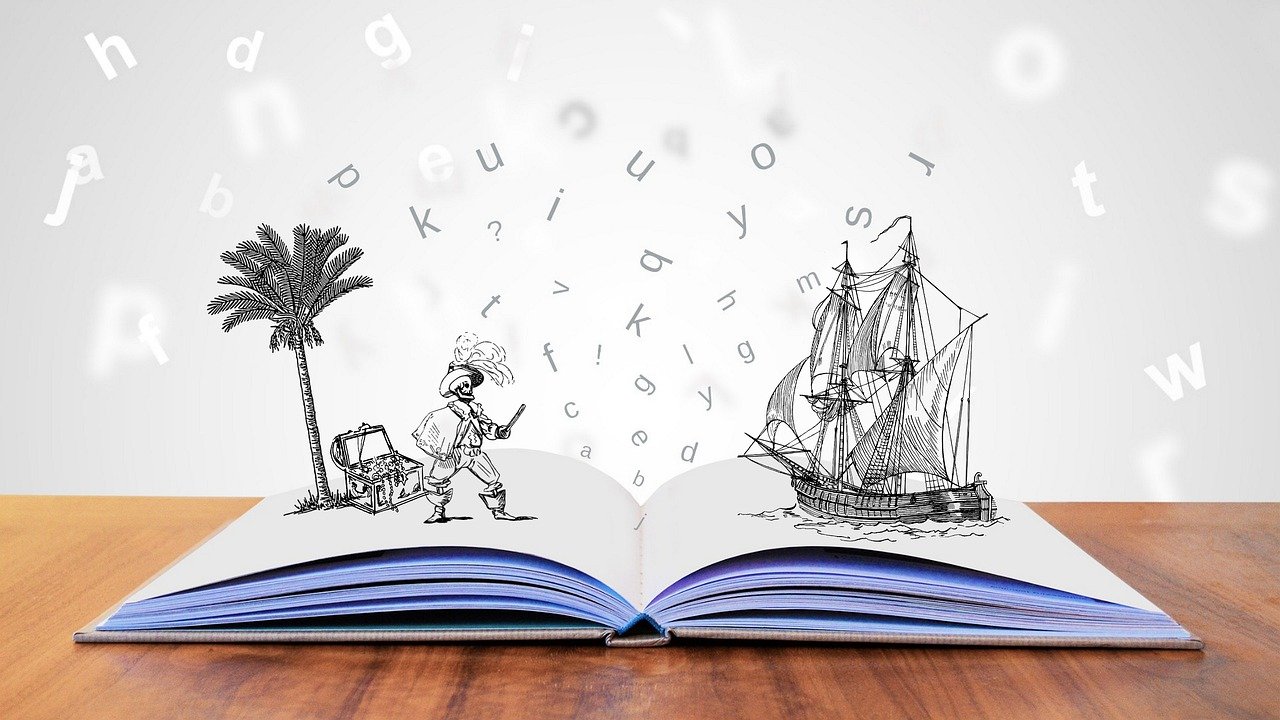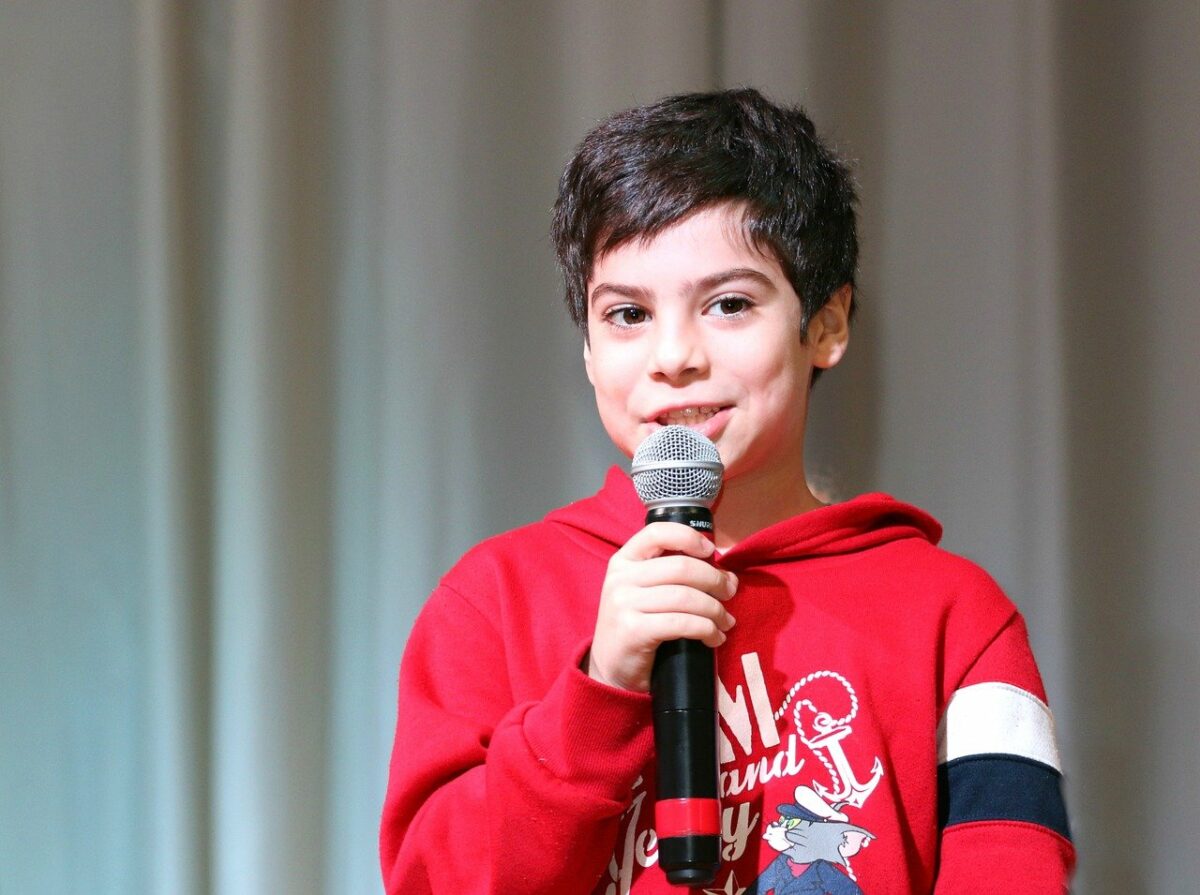Since the dawn of time, humans have shared knowledge using stories. This is an easy way to remember and convey information. No matter how good your idea is, if you can’t share it, it will not flourish.

As we always need to convince or rally other to our cause, I provide you with a step-by-step approach to create powerful stories. To make the most of it, think about the last idea you had, at home or work, and try this approach to change the way you presented things.
Before writing your story
The story is the last step in the process. After you came up with an idea or a solution, you have many steps to go through, to ensure it adds value. Even well shared, a bad idea doesn’t stand long.
There is some homework to do: meet potential clients, go to Gemba, do a market research, calculate benefits, prototype the solution, test it. You are the first person that has to be convinced by the greatness of your idea. Once you are, and only after you are convinced, you can write a good story.
The stories of the Brothers Grimm or Andersen were virally successful for the time because they responded to needs: to inculcate rules and explain society’s expectations to children. They are based on the same steps. How to explain to children not to talk to strangers, to listen to their parents and always help each other in the family? Hansel et Gretel!
A good story in 7 steps
Who
Start by creating a character. It could be the user of your solution or the designer. To help people engage and identify with the story give him or her a name, an age, an address, a family, passions. This doesn’t need to be related to the idea, it is only to get people interested in learning more about this character.
Why
Now what is his or her issue? What problem or difficulty does this character face? What was he or she trying to do? This is where you start the story, after a small introduction, your character lives its life and suddenly…BANG… something happens. This creates a little suspense, captivates your audience and maintains their attention. They want to know more…
When and where
Dive into details, provide more context about the environment he or she was in when trying to do what proved difficult or impossible. This describes the current situation, and ensures everyone has the same level of understanding.
How
Now we are looking into the future and opportunities. This steps describes the strategies or approaches that could solve the difficulty your character is facing. We are only exploring “how”. If they don’t like your what, you have at least convinced up to this stage and can discuss alternative way to solve the issue.
What
Finally you expose your idea. You describe the product or service that will turn this opportunity into reality. You can provide some technical details, numbers. Hopefully your audience will be in a space where they are ready to listen to these details, as they eager to solve your character’s problems.
Benefits
Again, dive into details, explain how this will look like for your character, what will he or she have to do? What are the functional and emotional benefits she or he will get from this?
Change
Conclude your story by explaining the change your character experiences in their personal life, or the change in society your solution contributes to. This is when you loop back to one of the information about your character, and how he or she can now enjoy his or her passion or family differently. This is when you loop back to one of the information about your character, and how he or she can now enjoy his or her passion or family differently.

Create memories using the contrasts
Another tool you can use to fine tune your story is the alternation of two contradicting themes. Usually your story is about an idea you wish to implement, or a solution to a problem. To help your audience visualise it, you can break it in two sides: current – without VS future – with. You usually start by the current situation, that doesn’t have the idea or solution in place. You conclude with the future, with the solution or idea running.
To help the audience clearly understand their potential gains, you can switch from current to future as various moments of your story. By alternating and contrasting, you make it easier for them to remember.
Always create emotions
If you remember stories from your childhood, it is because of the emotions they caused: excitement, joy, fear, sadness. Each story is a succession of emotions. Of course, you want yours to end on a positive emotion. Use images to support your story, eventually a few key words. Your audience can’t read and listen at the same time. Pictures also help creating emotions, so choose them wisely.
Stories constitute the single most powerful weapon in a leader’s arsenal.
Dr. Howard Gardner, professor Harvard University
